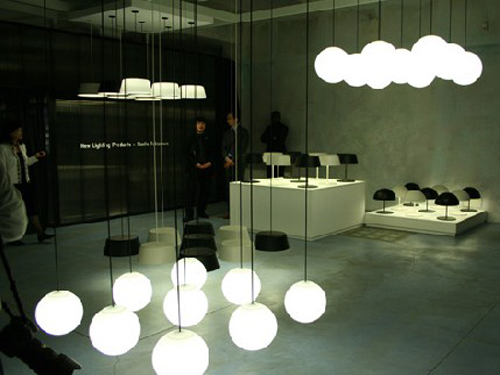
Taiwan National Chiao Tung University has successfully developed a flexible and efficient white LED that can be used for non-flat surfaces such as wearable displays and curved or flexible TV screens. The LED is manufactured by existing technology, so it is easy for others to copy and build on this platform.
Chien-Chung Lin, an associate professor at National Chiao Tung University in Taiwan, pointed out: “Compared with organic light-emitting diodes, the design of this flexible LED is highly attractive due to its low cost, long life, and high efficiency. In addition, all related technologies for this design are currently It is available.†Prof. Chien-Chung Lin, Prof. Hao-Chung Kuo and his research team also published papers on this research in “Optics News†- a magazine published by the Optical Society (OSA). . Although previous work of scientists has involved traditional GaN LEDs, this is still the first flexible LED developed by the team.
According to researchers, existing LED devices mainly derive their flexibility from two materials, namely polyimide and polydimethylsiloxane. To build it, Lin and his colleagues first covered the polyimide substrate with a copper foil shielding tape. In the so-called flip-chip bonding process (which reduces thermal resistance and leads to higher heat dissipation than traditional wire bonding), they installed 81 blue LED chips measuring 1.125mm x 1.125mm on the copper foil.
In order to provide a warm white yellow light, the researchers then added another layer of a yellow fluorescent film that had been mixed and spin coated with polydimethylsiloxane or PDMS, a widely used polysiloxane-based organic polymer. Because of its high transparency, stability and flexibility, it was chosen. The final film size was 5 cm x 5 cm, however, the size of the film was not reasonably limited.
The researchers ran the device for a standard 1000 hours to test its durability and found that its radiation attenuation was only 5%. When it was subjected to a bending test, it was found to be applicable to wearable devices. When tested with a 1.5 cm radius curved curvature, it retains its power output. In addition, there are 120 lumens per watt of light efficiency.
Lin said: "Because these devices are available under current technology, the combined reliability is very good. Most new processes or materials require a long process to verify their reliability, but our design uses only existing ones. Parts can avoid this problem."
Dash Mining Machine:Bitmain Antminer D7 (1286Gh),Baikal BK-G28,Baikal BK-X,Baikal Giant+ A2000,Innosilicon A5 DashMaster,iBeLink DM22G,Bitmain Antminer D3 (15Gh),StrongU STU-U6,Bitmain Antminer D5 (119Gh)
In short, Dashcoin Dash is a variant of the Bitcoin cryptocurrency that runs on the same blockchain network. Dashi, which combines the words "digital" and "cash," has become one of the most widely watched counterfeit coins in recent months. Originally released as "XCoin", it was later changed to "Darkcoin" and later Dash.
Arguably the biggest benefit of Dashi is that its transactions can be sent completely anonymously, just like legal cash payments. This is achieved by using a hybrid protocol that operates a dedicated network of servers called Masternodes. While Bitcoin operates only a single-layer network of miners, Dashcoin uses these master nodes as additional layers to its network, eliminating the need for a trusted third party to authorise a transaction that could compromise the anonymity of any payment.
Another major difference between Dashcoin and Bitcoin is that the former distributes mining rewards between its mining community, participants holding a specified amount of Dash, and the Dash community's long-term development fund.
Dash Miner,Dash Mining Machine,Bitmain antminer d7, D7 miner,X11 algorithm
Shenzhen YLHM Technology Co., Ltd. , https://www.hkcryptominer.com
